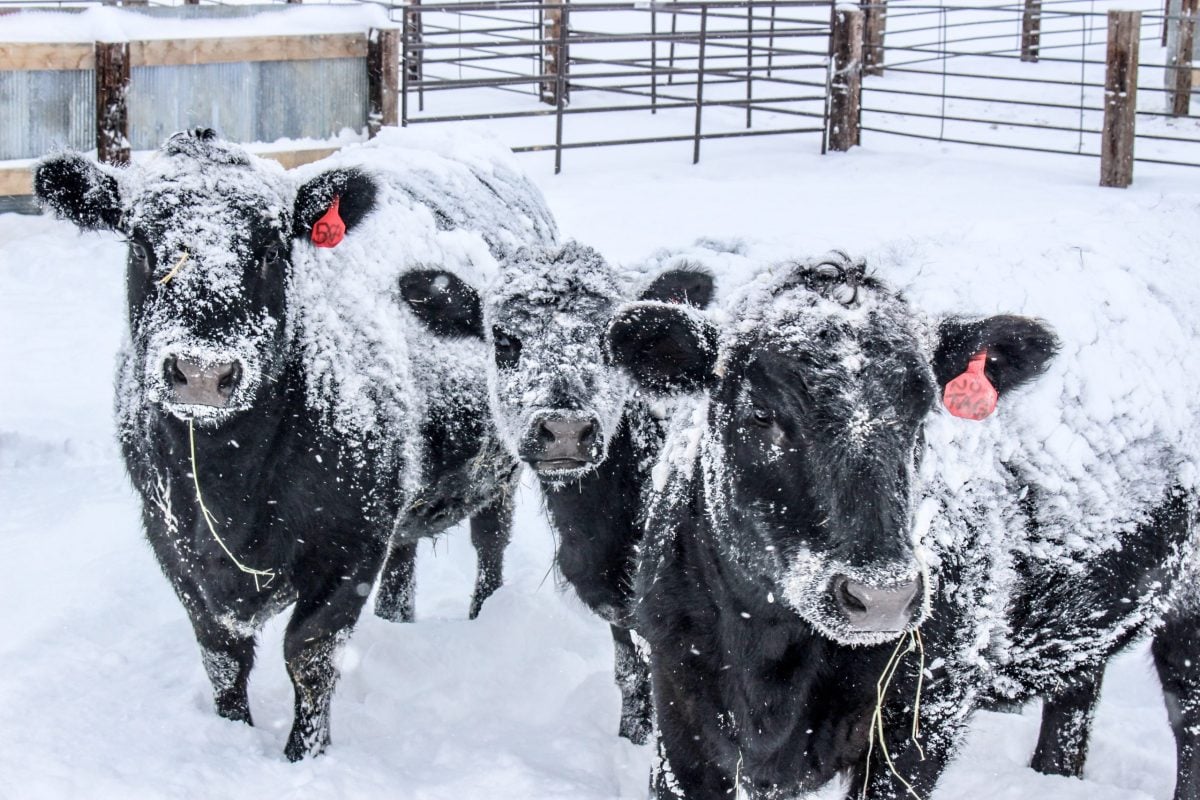MarketsFarm — Although canola has seen some backpedalling this week, the markets should get two good shots in the arm from a pair of reports, according to Wayne Palmer, analyst with Exceed Grains in Winnipeg.
The first will very likely come from the principal field crops report , to be released Thursday by Statistics Canada.
“Traders and commercials were expecting a larger [canola] crop than what we received from producers. Yields were lower than what we expected, which resulted in total production being lower,” Palmer said.
Read Also

U.S. livestock: CME cattle futures rise on expectations of tight supplies
Chicago | Reuters – Chicago Mercantile Exchange cattle futures climbed on Wednesday as market players anticipated tighter cattle supplies in…
In the September report, Statistics Canada pegged canola production at 19.4 million tonnes. Some of the market forecasts placed production to fall below 19 million tonnes, including MarketsFarm at 18.8 million.
That lower production should lead to a drop in ending stocks, which already has some in the trade concerned, Palmer included.
“We’re going to have to price rationing most likely. There’s a definite problem that we could run out of canola,” he said, noting crushers have been running at near capacity.
The Canadian Grain Commission reported canola exports, at 3.97 million tonnes so far into the 2020-21 marketing year, are more than 40 per cent above exports at this time the previous year. Domestic usage has dipped 3.6 per cent at 3.2 million tonnes.
Palmer said the July/November spread was about $47 over, which also indicated a chance of Canada ending up with a canola shortage.
All this is to lead to farmers seeding more canola in the spring of 2021, Palmer said.
“Farmers are hedging canola between $11 and $11.50 per bushel. Last year at this time you were lucky to get $10/bu.,” he said.
The second factor to increase canola prices will likely come from the next world agricultural supply and demand estimates (WASDE) from the U.S. Department of Agriculture (USDA), according to Palmer.
The November report cut ending stocks for soybeans, as well as corn and wheat, which led to sharp increases. Palmer expects the December WASDE to include further cuts to those carryouts.
“I’m a firm believer on small crops getting smaller, historically, and large crops getting larger. I can’t see their report all of a sudden showing more of a carryout than the last report,” Palmer said, noting soybeans jumped 35 cents/bu. shortly after the November WASDE was released.
Also, he said, “the funds are carrying all kinds of record-long positions,” with no one interested in a fight with those funds.
“They’re just too powerful. Nobody is going to be short going into the next USDA report.”
— Glen Hallick reports for MarketsFarm from Winnipeg.
















